Not many of us have the luxury of being able to work full-time as artists without care for finances. Instead, we are usually forced to squeeze in art time between our busy schedules, usually after work and family time.
So here are some time-saving tips for artists to help you fit in that much-needed art time.
Tip 1 – Put Down the Paintbrush and Pick up a Pencil
This is a simple but very effective tip. There is no way around it – painting takes up time. You need to set everything up before you can start and then clean everything up afterward.
Drawing on the other hand requires very little preparation and clean-up time. All you need is a pencil and sketchbook and you are good to go.
Drawing also translates extremely well to painting. I have yet to meet a skilled artist who has not stressed the importance of drawing in order to become a great painter.
If you are struggling with painting time during the week, then start trying to incorporate some drawing sessions instead. This will improve your painting and save you much preparation and clean-up time that comes with painting.
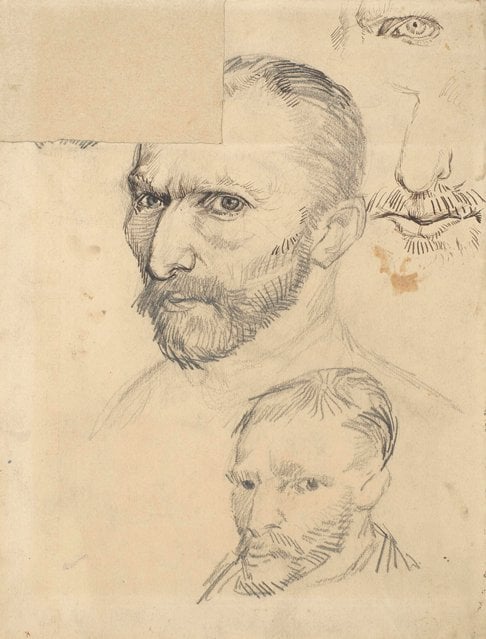
If you want to learn more about drawing, then I would check out any books by Andrew Loomis.
Tip 2 – Simplify the Cleaning Up
If you paint regularly, then you should not need to thoroughly clean your paintbrushes after each session. The most important part of retaining the quality of your paintbrushes is keeping them moist when you are not using them.
As soon as you let your paintbrushes dry, they are damaged. You can recover them to a certain extent, but probably never to top quality.
For oil painting, you can dip your paintbrushes in a slow drying oil (like poppyseed oill) and they will be fine to sit for a few days. You can read more about cleaning your oil paintbrushes here. You should also check out this video from Draw Mix Paint:
For acrylic painting, you can rest them in a shallow pool of water (though for your high-quality brushes I would clean them after your session).
For watercolor painting, well the cleaning up should be very easy so I would clean up.
Tip 3 – Small Paintings During the Week, Large on the Weekend
This is a strategy I like to use when working full-time in something other than art.
I can complete small paintings using an impressionist style in about an hour. This is perfect for an after-work painting session.
I usually prefer to paint alla prima (a direct painting technique where paintings are generally finished within a single session) so I do not like to start large paintings during the week as I would be unable to complete them in a single session. Instead, I wait until a weekend when I can set aside a decent block of time to paint these larger works.
The painting below was a small one that I completed after a work day using a very direct style of painting.
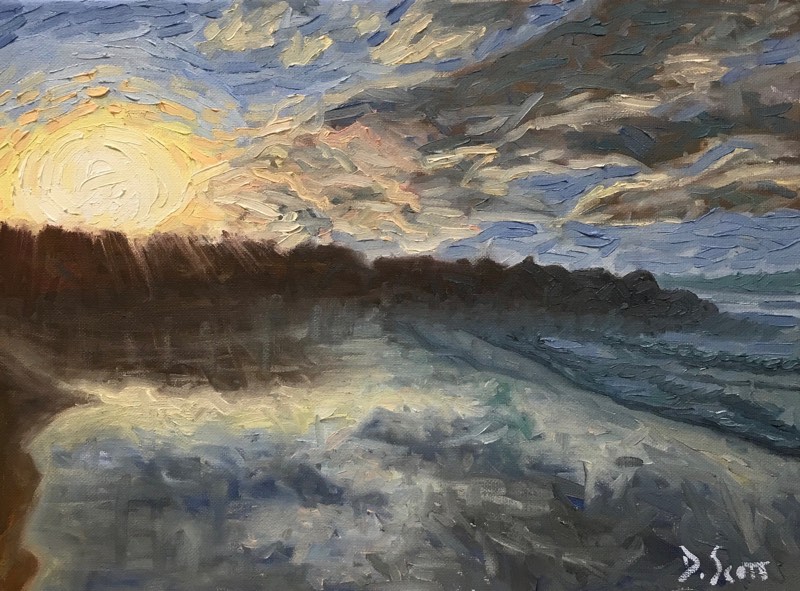
Tip 4 – Stop Planning and Just Start a Painting
We are all guilty of procrastinating with painting, waiting for the perfect moment of inspiration to strike.
But all this achieves is long periods of inactivity.
A trick I like to use to avoid procrastination is to prepare my canvas and put it on the easel. That canvas will prompt me to just get started.
If I leave my easel empty, then that period of inactivity seems to linger.

Tip 5 – Short and Regular Painting Sessions Are More Effective Than Scarce, Long Painting Sessions
I believe it is much more important to fit in some art time every day rather than having a long painting session every now and then.
It does not have to be much. A simple 10-minute sketch would be more than ok.
It is all about consistency.
Tip 6 – Write Down What You Want to Achieve and Do It
This seems like an obvious one, but it is effective.
Write down exactly what you want to achieve in art over the next week / month / 6 months / year. Make sure what you write down is clear, detailed and actionable.
Then, do everything in your power to achieve what you wrote down. It is as simple as that. You will get much more done than if you leave yourself vulnerable to your own changing preferences, where you may find yourself with so many things you want to achieve but you end up not achieving any of them due to being overwhelmed.
Keep it simple, write it down and do it.
Tip 7 – If Painting a Larger Artwork, Then Dedicate Each Session to Finishing Small and Achievable Tasks
If you want to paint a larger artwork but you are not able to finish it in a single session, then you should break the process down into smaller and more achievable processes. The overall process will vary from person to person, but in general, it will look something like this:
- Prepare the canvas
- Sketch the composition
- Block in the general shapes and colors
- Detailing
For completing larger artworks, I like to dedicate each of these processes to a single session (except for the detailing which can take longer). This way my painting is not left in limbo between processes, which can often make it difficult to progress.
Below is one of my larger paintings which I painted over a number of painting sessions during the week.
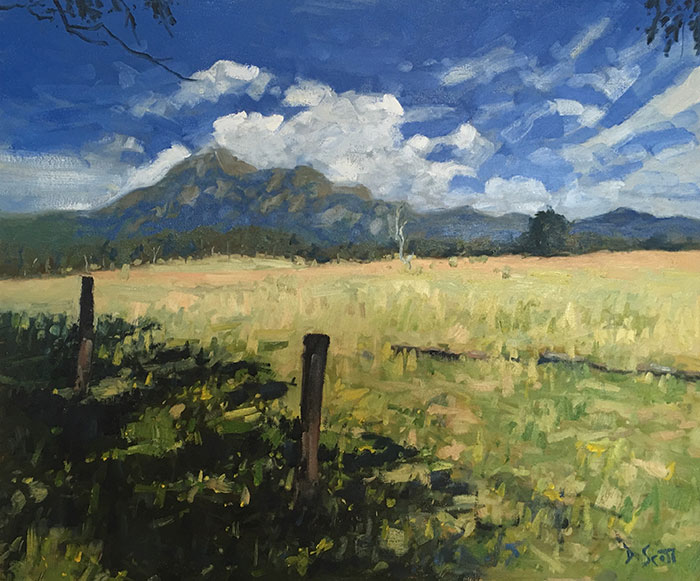
Summary
I hope you found these time-saving tips for artists useful. If you have any tips of your own please share them in the comment section below.
Thanks for Reading!
Thanks for taking the time to read this post. I appreciate it! Feel free to share with friends. If you want more painting tips, check out my Painting Academy course.
Happy painting!
Dan Scott
Draw Paint Academy


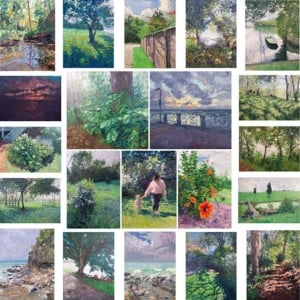
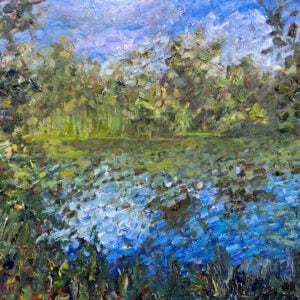
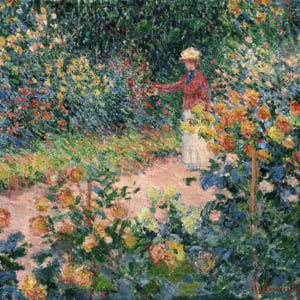
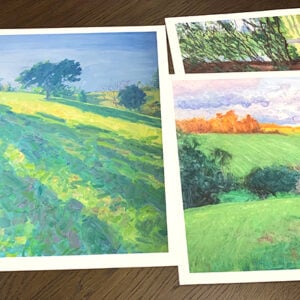
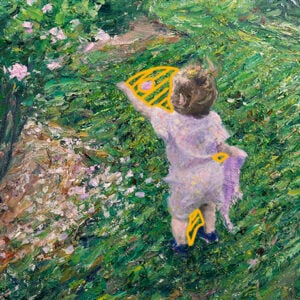

Thanks Dan. I always enjoy your valuable teaching. You are very generous to share your knowledge.
No problem at all Carole thanks for the comment 🙂
Dan
Grazie per i consigli e la sua disponibilità.